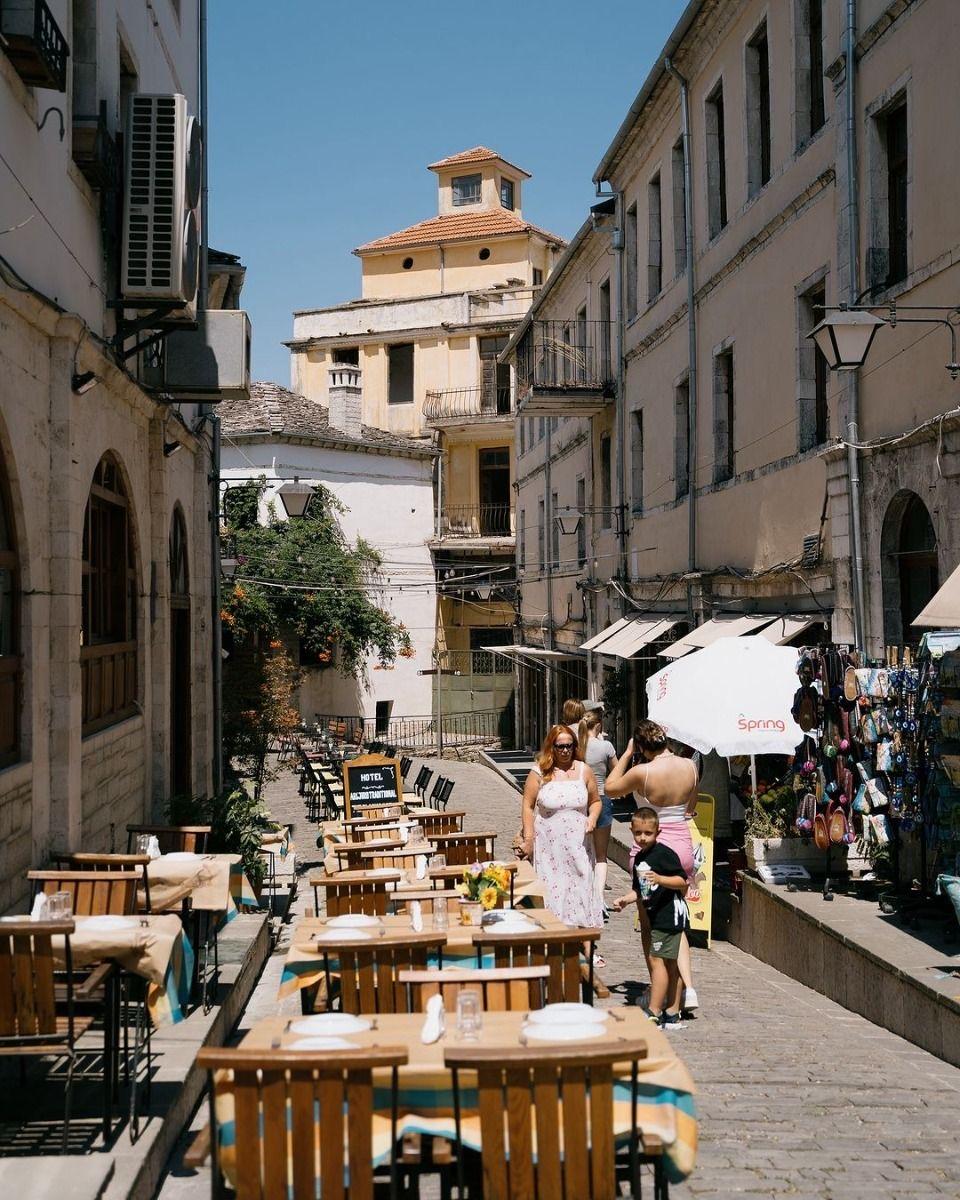
I spend a lot of time walking around construction sites.
It’s not the side of southern Albania most people see. Most people see the after. The rooftop infinity pool. The white-stone villa against a blue Ionian sky. The balcony view that gets posted and reposted on Instagram like a postcard from paradise.
But behind every dreamy villa photo, there’s a different reality unfolding—a reality of cranes, zoning maps, infrastructure battles, and, honestly, a lot of dust. And if you’re thinking about buying property here—whether it’s for your next vacation home or a rental investment—you should know what’s happening behind the scenes.
Because the Albanian Riviera isn’t just “blowing up” in terms of popularity. It’s also being reshaped in real time.
From Unpaved Roads to Urban Grids
When I first started working in Saranda, entire neighborhoods didn’t have paved roads. You had to navigate dirt paths with deep tire grooves to reach some of the best sea view spots.
Now? Those same areas are unrecognizable. Take Rruga Skënderbeu for example. What was once a bumpy hillside route dotted with goats (yes, actual goats) is now lined with modern apartment blocks—some of which, like the White Residence, have become go-to choices for both foreign buyers and locals looking to rent long-term.
The transformation hasn’t been perfect. Development here has moved faster than planning sometimes. In a few areas, buildings went up before the city had proper waste collection or sewage systems in place. But there’s a shift happening. You can feel it in the way new permits are handled, the rise in mixed-use projects, and the amount of care going into planning green spaces—yes, real parks in Saranda are becoming a thing.
Last month, I visited a client who had just moved into a newly completed building above Mango Beach. He loved the view, the layout, and the breeze that hits just right around 6 PM. But what surprised him most? The sidewalk outside. “I didn’t expect to see bike lanes,” he said, laughing. Neither did I, a few years ago.
What the Instagram Photos Don’t Show
The truth is, a villa in Borsh or Ksamil isn’t just a structure. It’s part of a much bigger story—a shift in how the southern coast is positioning itself for the future.
Take this villa in Borsh. It looks like a postcard now. Private pool, panoramic views, modern EuroCode construction. But five years ago, that entire zone was off-grid. You wouldn’t even consider building there unless you had a four-wheel drive and serious patience.
Now, thanks to a growing push for legalization and urban master plans, that part of Borsh is fully registered. You can buy and build with confidence. Power, water, and road access are secured. These aren’t just vacation homes anymore—they’re legitimate, bankable assets.
What changed?
For one, the demand. The more people fall in love with the Albanian Riviera, the more pressure there is on local governments to make it work. That means improved infrastructure, stricter rules (which is a good thing), and more interest from investors who want stability—not just beauty.
Похожие сообщения:
Discover why digital nomads are choosing Albania. From Saranda apartments for sale to seaside living, explore remote work life on the Albanian Riviera.
Discover what Albanian culture is really like through a local lens—from daily life in Saranda to traditions, lifestyle, and living on the Albanian Riviera.
